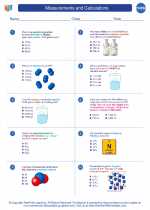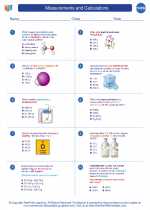Fluoroquinolones
Fluoroquinolones are a class of antibiotics that are used to treat a variety of bacterial infections. They are known for their broad spectrum of activity and have become an important class of antibiotics in clinical practice. Here is a study guide to help you understand fluoroquinolones better:
Chemical Structure
Fluoroquinolones are characterized by the presence of a fluorine atom at the C-6 position and a carboxylic acid group at the C-3 position of the quinolone nucleus. The substitution of the fluorine atom enhances the antibacterial activity of the compound.
Mechanism of Action
Fluoroquinolones target bacterial DNA gyrase and topoisomerase IV, which are enzymes involved in the replication and repair of bacterial DNA. By inhibiting these enzymes, fluoroquinolones interfere with DNA synthesis and repair, ultimately leading to bacterial cell death.
Common Fluoroquinolones
- Ciprofloxacin
- Levofloxacin
- Moxifloxacin
- Norfloxacin
Indications
Fluoroquinolones are used to treat a wide range of bacterial infections including:
- Respiratory tract infections
- Urinary tract infections
- Skin and soft tissue infections
- Joint and bone infections
- Gastrointestinal infections
Adverse Effects
While fluoroquinolones are effective antibiotics, they are associated with several potential adverse effects including:
- Gastrointestinal disturbances
- Central nervous system effects (e.g., dizziness, headache)
- Tendonitis and tendon rupture
- Photosensitivity reactions
- Cardiotoxicity (prolongation of the QT interval)
Resistance
Overuse and misuse of fluoroquinolones have led to the development of bacterial resistance. It is important to use these antibiotics judiciously and adhere to proper prescribing practices to minimize the development of resistance.
By understanding the chemical structure, mechanism of action, indications, adverse effects, and resistance associated with fluoroquinolones, you can appreciate the importance of these antibiotics in clinical practice while being mindful of their potential drawbacks.
.◂Chemistry Worksheets and Study Guides High School. Measurements and Calculations

 Worksheet/Answer key
Worksheet/Answer key
 Worksheet/Answer key
Worksheet/Answer key
